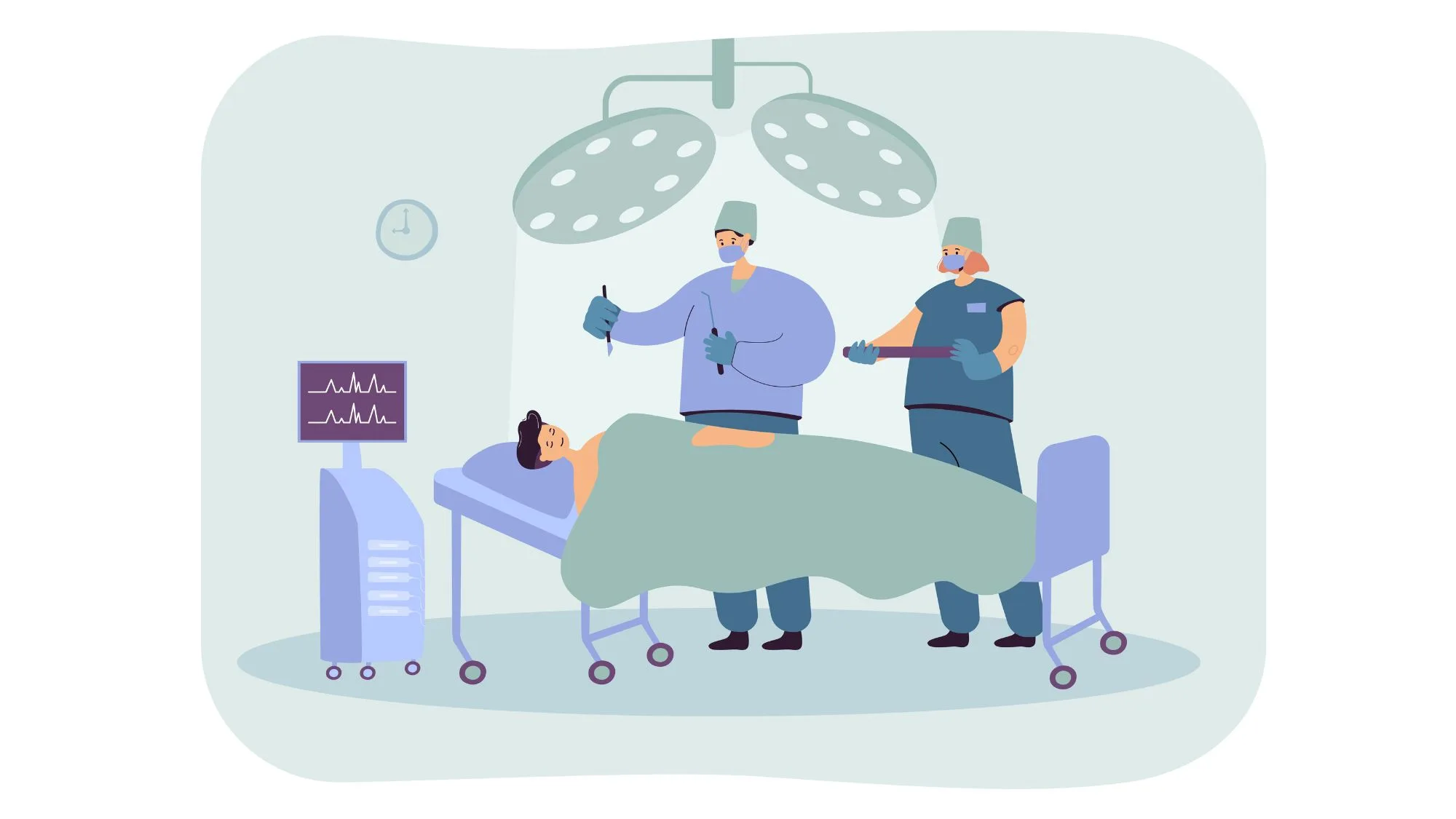

Leading ethics experts and researchers have co-authored a breakthrough paper calling for new governance and legal rules to guide application of emerging technology to preserve organs for transplant.
Current law and guidance are inadequate for emerging biopreservation technologies that will allow long-term storage of human organs for transplantation. The technology is much needed to address the severe time constraints that currently limit the viability of donor organs. Those constraints have contributed to a severe organ shortage, which affects patients throughout the U.S. but differentially impacts patients in more remote areas and from traditionally underserved population groups. The ability to biopreserve and store organs will radically change organ transplant systems and require new oversight of these engineered organs.
This new article in the American Journal of Transplantation, “Governing new technologies that stop biological time: Preparing for prolonged biopreservation of human organs in transplantation,” advocates for new oversight from the U.S. Food and Drug Administration, new facilities for transport and storage, and ethics guidance on which organs to store versus transplant immediately. Lead authors of the publication are University of Minnesota professors Timothy Pruett, MD (Department of Surgery), and Susan M. Wolf, JD (Law School, Medical School, and Consortium on Law and Values in Health, Environment & the LIfe Sciences).
“As the country discusses how it will modernize its transplant system,” Dr. Pruett said, “it is critical that the change anticipates the future and not just respond to past deficiencies.”
Work leading to the publication was supported by a five-year $26M NSF award (#1941543) to the University of Minnesota. The award established an “NSF Engineering Research Center for Advanced Technologies for Preservation of Biological Systems (ATP-Bio)” directed by professor John Bischof, PhD (College of Science and Engineering). Since 2020, research undertaken by the Center has led to discoveries that can extend the viability of organs in animal models from hours to weeks.

